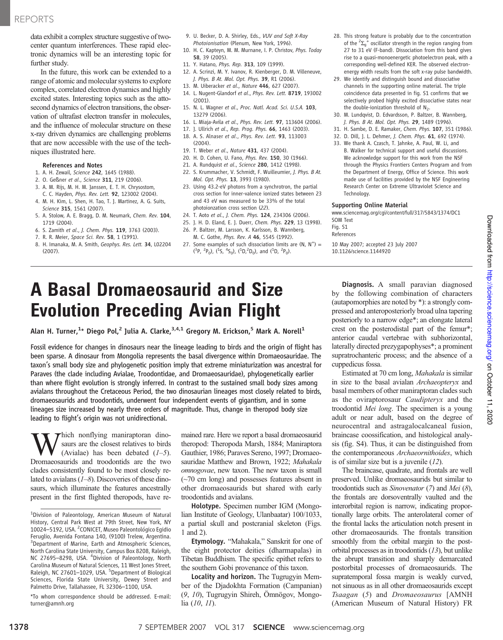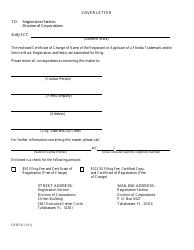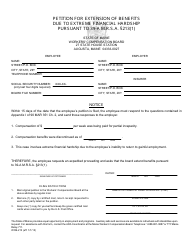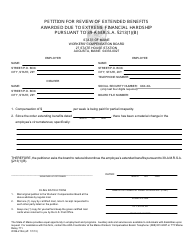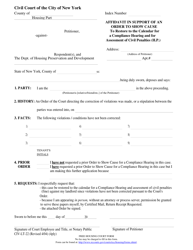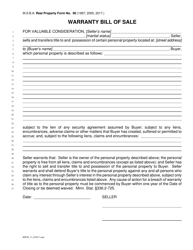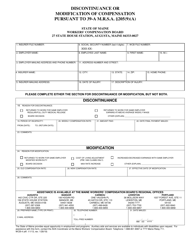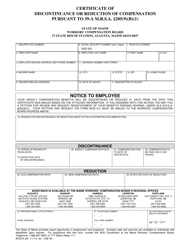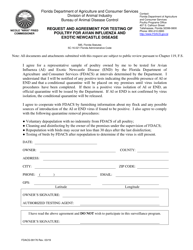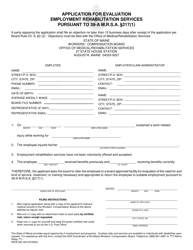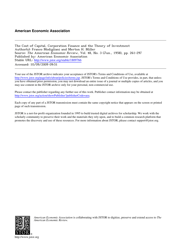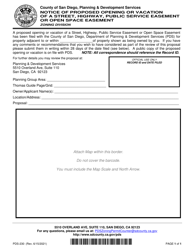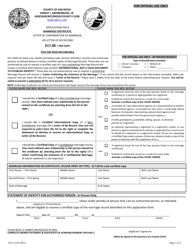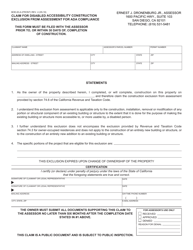A Basal Dromaeosaurid and Size Evolution Preceding Avian Flight - Alan H. Turner, Diego Pol, Julia a. Clarke, Gregory M. Erickson, Mark a. Norell
The paper, "A Basal Dromaeosaurid and Size Evolution Preceding Avian Flight" authored by Alan H. Turner, Diego Pol, Julia A. Clarke, Gregory M. Erickson, and Mark A. Norell, focuses on the study of a specific group of dinosaurs called basal dromaeosaurids and their size evolution leading up to the origin of avian flight. Basal dromaeosaurids are a type of predatory dinosaur closely related to the ancestors of birds. This research aims to understand how these dinosaurs evolved in terms of their body size and other characteristics, ultimately shedding light on the evolutionary pathway that eventually led to the development of flight in birds.
The document "A Basal Dromaeosaurid and Size Evolution Preceding Avian Flight" is authored by Alan H. Turner, Diego Pol, Julia A. Clarke, Gregory M. Erickson, and Mark A. Norell.
FAQ
Q: Who are the authors of the document?
A: The authors of the document are Alan H. Turner, Diego Pol, Julia A. Clarke, Gregory M. Erickson, and Mark A. Norell.
Q: What is the title of the document?
A: The title of the document is 'A Basal Dromaeosaurid and Size Evolution Preceding Avian Flight'.
Q: What is the subject of the document?
A: The subject of the document is the size evolution preceding avian flight, specifically focusing on a basal dromaeosaurid.
Q: What is a basal dromaeosaurid?
A: A basal dromaeosaurid refers to an early member of the Dromaeosauridae family, which is a group of theropod dinosaurs.
Q: What does the document discuss about size evolution?
A: The document discusses the evolution of size prior to the emergence of avian flight, specifically exploring the changes in body size among dromaeosaurid dinosaurs.
Q: Why is understanding size evolution important for avian flight?
A: Understanding size evolution is important for avian flight because body size influences an organism's flight capability and may have played a role in the origin of flight in birds.
Q: Who among the authors is associated with the American Museum of Natural History?
A: Mark A. Norell is associated with the American Museum of Natural History.
Q: What is the significance of the term 'basal' in the context of dromaeosaurids?
A: In the context of dromaeosaurids, 'basal' refers to an early or primitive form of the group, indicating that the studied dromaeosaurid is closer to the ancestral form.
Q: What is avian flight?
A: Avian flight refers to the ability of birds to fly, which is a characteristic feature of this group of animals.
Q: What type of dinosaurs are dromaeosaurids?
A: Dromaeosaurids are a type of theropod dinosaurs, known for their carnivorous lifestyles and often characterized by their large, sickle-shaped claws on the second toe of each foot.
